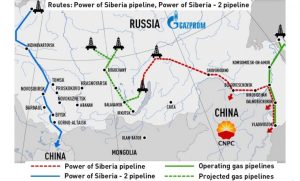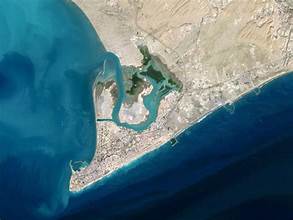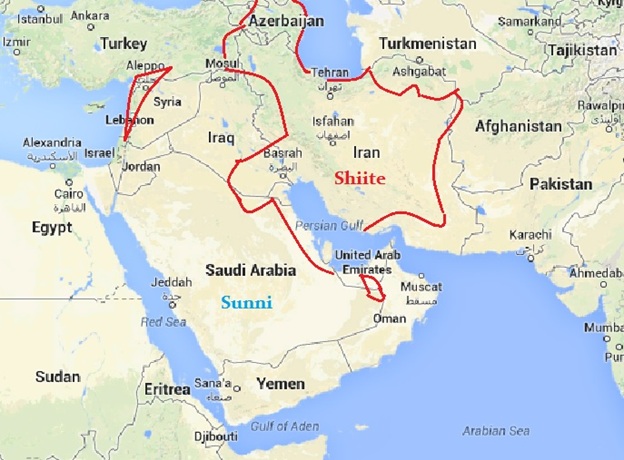Sanctions strengthened Putin and caused “unfriendly nations” to form a closer alliance against the West. As the West suffers from an energy crisis with no solution in sight, Russia is benefitting from this in more ways than one. You may have heard of the China–Russia East-Route Natural Gas pipeline or the Yakutia–Khabarovsk–Vladivostok pipeline. Construction was approved in 2007, and in 2012, Putin ordered Gazprom to begin construction and renamed the project “Power of Siberia.” China and Russia signed a 30-year deal for $400 billion in 2014, and by December 2019, the pipeline was functional.
The mainstream media focuses on the failure of the Nord Stream 2 Pipeline at the hands of German politicians but forgets that Russia has alternative options for exporting fuel. Deliveries through the Power of Siberia have only reached $3.81 billion since December 2019, but China and Russia have plans to ramp up distribution. China received 16.5 billion cubic meters of gas from the pipeline in 2021. The deal has become so lucrative that Beijing and Moscow created a second pipeline – the Power of Siberia 2. This could double exports from Russia to China with a pipeline that would pass through Mongolia as well.
In the first six months of 2022, Gazprom exported 7.5 billion cubic meters of gas to China, marking a 63.4% uptick in volume. Prior to the invasion of Ukraine in early February, China and Russia agreed to ramp up distribution by 10 billion cubic meters. Reuters believes this could increase sales by $37.5 billion in the next 25 years, but this could increase given the high demand and low availability.
The West, namely Europe, needed Russian energy; Russia did not need Europe. President Biden admitted long ago that sanctions do not work, but in this instance, they completely backfired and have left the West with no leverage over Russian energy.









